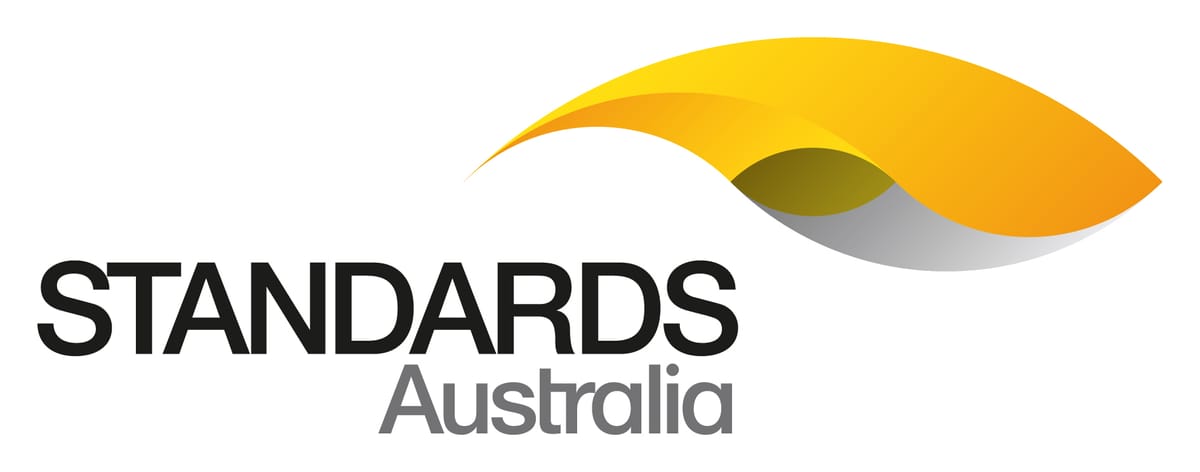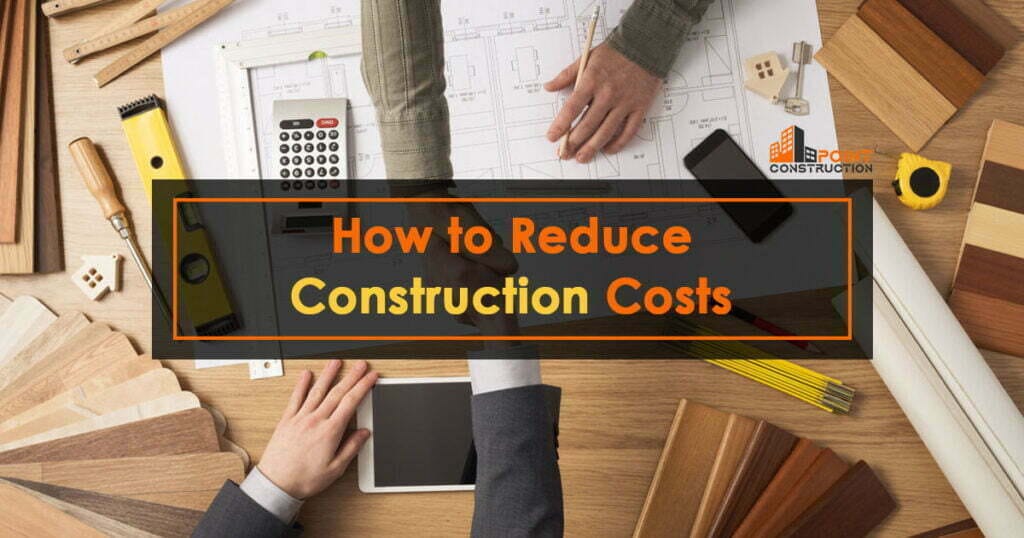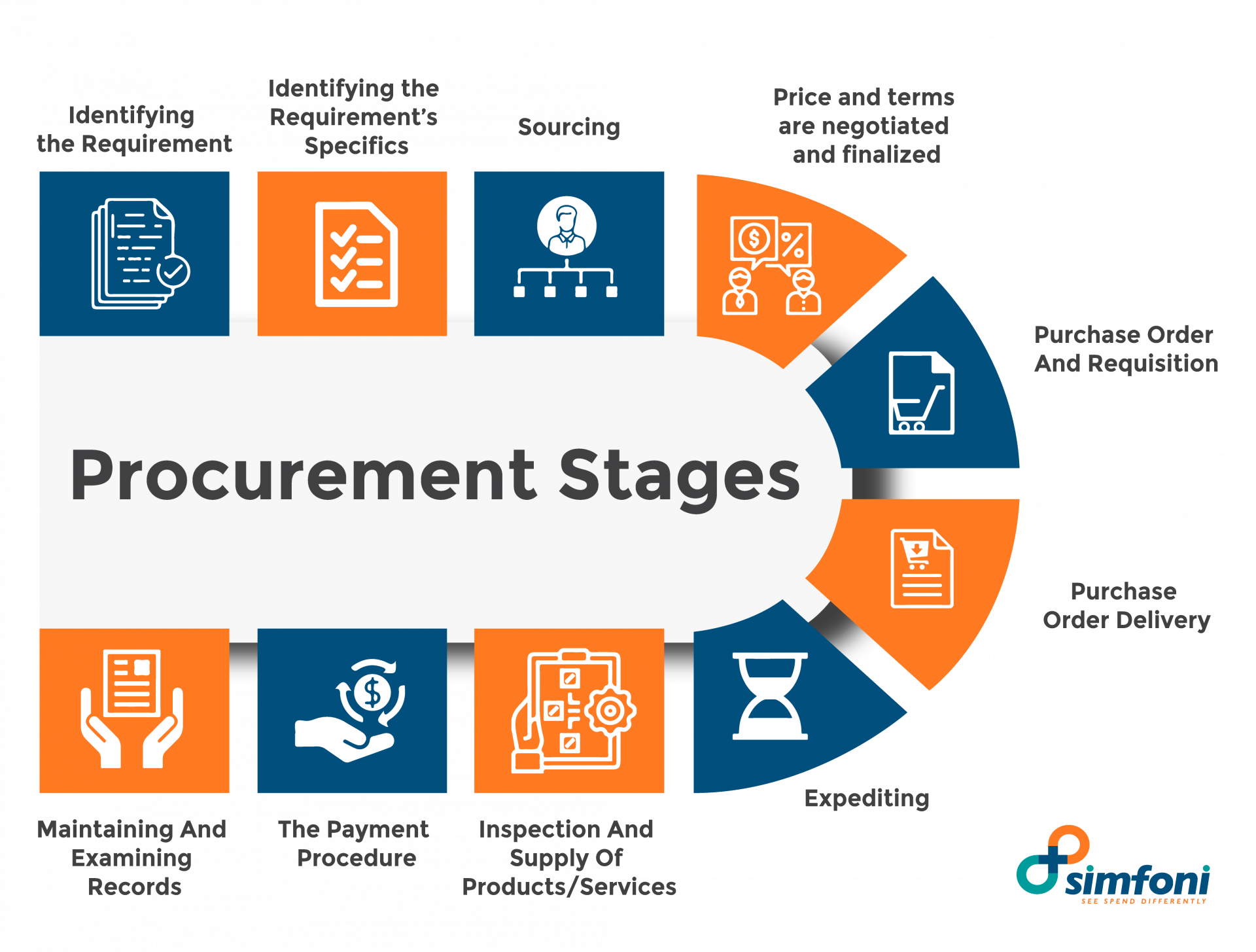When you're gearing up to build your new home, it's not just about choosing the right design or location. It's also about understanding the essential processes that your builder should follow to turn your dream home into a reality. One key aspect that often remains veiled in mystery for many homeowners is construction procurement. This blog post aims to illuminate this crucial process, providing you with the insight needed to ensure that your builder is adhering to the best practices in the field.
Construction procurement is more than just a step in the building process; it's a comprehensive approach involving the selection of materials, services, and labour in a way that aligns with your project requirements, the project's quality, timeline, and budget. While many construction companies may not have a formal procurement process, or procurement teams understanding what a proper and thorough procurement process entails is vital. This knowledge empowers you as a homeowner to have informed discussions with your builder, ensuring that every aspect of your home's construction is handled with the diligence and expertise it deserves.
Through this exploration of construction procurement, you'll gain a clearer perspective on what should be happening behind the scenes of your home's construction, allowing you to be more involved and informed every step of the way.
Understanding Construction Procurement
Understanding the Foundations of Construction Procurement
For many homeowners, the term 'construction procurement' might sound like industry jargon, but it's actually a cornerstone of building your home. Essentially, it's the process your builder (main contractor) undertakes to plan, secure, and acquire everything needed to bring your home from a set of plans to reality. This involves a series of strategic decisions and actions, each critical to the success of your project.
The Significance of Procurement in Home Building
In the context of building a new home, procurement transcends beyond just purchasing bricks and mortar. It’s a multifaceted process that encompasses sourcing the right materials, selecting skilled labour, and coordinating various services. Effective procurement is pivotal in ensuring these elements harmoniously come together, maintaining the desired quality, staying within budget, being aligned to the construction contract, and adhering to the project timeline.
Integral to this is the role of effective project and quality management. Project management is about more than keeping the construction on schedule. It's about careful planning and execution, ensuring that each phase of the construction aligns with the predefined goals. This includes managing resources, anticipating potential obstacles, and maintaining open lines of communication among all parties involved. A builder who excels in project management demonstrates an ability to deliver projects efficiently and effectively, minimizing disruptions and maximizing resource utilization.
Quality management, in tandem, is about ensuring the construction meets the set standards and expectations. It involves regular monitoring and assessment of the work done, ensuring all practices comply with relevant regulations and standards. It's about attention to detail, from the foundation to the finishing touches.
Assessing a builder on these aspects – their prowess in project and quality management – can be incredibly telling. It helps differentiate between builders who are quality-focused versus those who operate on a production scale. Quality-focused builders prioritize the finer details, customizing aspects to suit individual preferences and needs, while production-focused companies might lean towards a one-size-fits-all approach. In essence, understanding a builder's approach in these areas can reveal whether they view you as a unique client with specific needs or as part of a broader market segment.
Procurement's Role in Quality and Budget Management
A well-managed procurement process directly impacts the quality of construction and overall budget. Your builder should be adept at evaluating and selecting materials and services that offer the best value for money while not compromising on quality. This balance is crucial in achieving the desired outcome, especially when a fixed price contract is used, without unnecessary cost overruns. To read more on this topic check out THIS ARTICLE.
Timelines and Coordination
Another vital aspect of procurement is managing timelines. Delays in securing materials or services can derail your construction schedule, causing frustration and possibly additional costs. A competent builder will have a robust system in place to ensure that everything is ordered, delivered, and ready for use at the right stage of the construction process. This really is the first step in procurement success.
The Builder's Network and Negotiation Skills
Effective procurement also hinges on the builder's network and their ability to negotiate with suppliers. A builder with strong relationships in the industry can often secure materials and labour at competitive prices and on favourable terms, which ultimately benefits your project.
The Design Team and Design Phase
Navigating the Early Stages: The Design Team's Role
The journey of building your home begins long before the first brick is laid. It starts in the design phase, where your vision takes shape, and this is where the design team plays a pivotal role. Understanding their part in construction procurement is essential for ensuring that your home reflects your aspirations while adhering to practical constraints.
Translating Vision into Plans
The design team is responsible for translating your ideas and needs into a detailed set of plans. This complex process involves considering various factors like the layout, aesthetics, functionality, and sustainability of the building. It's during this stage that major decisions impacting the procurement process are made, such as material choices and structural designs.
The Design Team's Influence on Procurement
The selections and specifications made by the design team significantly influence the procurement process. Their choices determine the types of materials needed, the specialised labour required, and even the timeline for the project. A knowledgeable design team, who engage he project stakeholders, will make choices that balance your desires with practicality and affordability, setting the stage for efficient procurement.
Collaborating with the Builder
Effective communication and collaboration between the design team and your builder are vital. This partnership ensures that the design is not only aesthetically pleasing but also feasible within your budget and timeframe. The design team should closely collaborate with the builder to grasp the constraints and opportunities of procurement, enabling the creation of a design that seamlessly marries beauty and feasibility. The builder holds the singular responsibility for project delivery, while the design team serves as the primary point of contact, translating the client's requirements and visually defining project outcomes.
The Role of Technology in Design
In today’s digital age, technology plays a significant role in the design phase. Tools like 3D modelling and BIM (Building Information Modelling) can help in visualising the project and planning the procurement more accurately. These technologies enable better coordination and decision-making, which are vital for a successful construction project.
Choosing the Right Construction Manager and General Contractor
The Key Decision-Makers in Your Home Building Journey
Selecting the right construction manager and general contractor is one of the most critical decisions you'll make in your home-building journey. These professionals play a vital role in overseeing the construction procurement process and ensuring that your home is built to your specifications, on time, and within budget.
The Construction Manager: Your Project's Architect
The construction manager acts as the architect of your project, orchestrating the entire building process. They are responsible for planning, coordinating, and supervising the construction from start to finish. In terms of procurement, the construction manager ensures that all materials, labor, and services are acquired at the right time and price, aligning with the project’s goals and keep the project schedule.
Choosing a Construction Manager
When choosing a construction manager, look for experience, a track record of successful projects, and excellent communication skills. They should have a deep understanding of the construction industry, including current trends, best practices, and regulatory requirements. It’s also important that they have a good network of reliable suppliers and subcontractors.
The General Contractor: Turning Plans into Reality
The general contractor is responsible for the actual construction work. They hire and manage subcontractors, source materials, and oversee the day-to-day activities on the construction site. A good general contractor will have a strong focus on quality standards, efficiency, safety as well as a strong understanding of construction methods and regulatory compliance requirements.
Selecting a General Contractor
When selecting a general contractor, consider their experience in similar projects, their approach to project management, and their ability to maintain strong relationships with suppliers and subcontractors. They should also have a solid understanding of your local building codes and regulations. Selecting the right general contractos is crucial for the project's success and is one of the most crucial aspect of any construction project. So be sure to take your time and interview prosepctive GC to ensure the best fit for you.
The Importance of a Collaborative Approach
A successful construction project relies on the collaborative efforts of the construction manager and the general contractor. They must work in tandem, with clear and effective communication, deploy careful planning, to ensure the procurement process supports the project's overall objectives.
Managing Materials and Supply Chains
Ensuring a Smooth Flow of Resources
The procurement of materials is a critical component in the construction of your home. It involves not just selecting the right materials, but implementing procurement strategies and also managing the supply chains effectively to ensure timely and cost-effective delivery.
Selecting the Right Materials
Material selection is a balance between quality, cost, and suitability for the purpose. Your builder or construction manager should be adept at choosing materials that not only meet your aesthetic preferences and functional requirements but also comply with local building codes and environmental standards. Due dilligence while performing supplier selection goes a long way in preventing site, mainteance and maintenance management related issues.
The Role of Supply Chain Management
Effective supply chain management is one of the key steps for the smooth progress of your home construction. It involves coordinating with suppliers and vendors to ensure that materials are delivered on schedule and within budget. This process requires a good understanding of proper procurement aspects including market dynamics, material availability, and lead times.
Impact on Project Timeline and Budget
Delays in material delivery can lead to project delays and increased costs. Therefore, your builder should have contingency plans in place to handle such scenarios. This might include having alternative suppliers or ordering materials well in advance.
Sustainability and Ethical Sourcing
With growing environmental awareness, considering sustainability in material selection and supply chain practices is becoming increasingly important. Ethical sourcing and using eco-friendly materials can not only reduce the environmental impact of your construction project but also potentially improve the long-term value and efficiency of your home.
Navigating Global Supply Chain Challenges
In today's interconnected world, global supply chain issues can affect local construction projects. Your builder should be aware of these potential challenges and have strategies to mitigate their impact, such as diversifying suppliers, substitue materials/construction methods or just planning for longer lead times (not the best option, but the laziest and easiest method to deploy).
The Construction Phase: From Planning to Execution
Bringing Your Dream Home to Life
The construction phase is where plans are transformed into reality. This stage requires meticulous planning, coordination, and execution to ensure that your home is built as envisioned, without unnecessary delays or cost overruns.
The Planning Stage
Before any actual construction begins, detailed planning is essential. This involves finalizing the construction schedule, confirming material deliveries, and ensuring that all necessary permits and approvals are in place. The project manager plays a crucial role in this stage, coordinating with the construction team, suppliers, and local authorities.
Base Stage: Groundwork and Foundation
The first visible step in the construction phase is laying the groundwork and foundation. This stage is crucial as it sets the base for the entire structure. Quality control during this phase is vital to ensure the longevity and safety of the building.
Frame Stage: Structural Work and Framing
Following the foundation, the construction of the main structure begins. This includes erecting walls, framing, and roof installation. The project manager must ensure that the work adheres to the architectural plans and meets all structural integrity requirements.
Enclosed & Fixing Stage Stage: Installation of Systems and Finishing
After the structure is up, the next steps involve installing essential systems like electrical, plumbing, and HVAC. Once these are in place, the focus shifts to interior and exterior finishing, including drywall, painting, flooring, and external landscaping.
Quality Control Throughout the Construction Process
Throughout the construction phase, continuous quality control is necessary to ensure that all aspects of the build meet the agreed-upon standards. The construction manager should regularly inspect the work and rectify any issues promptly.
Practical Completion Stage: The Final Stretch: Completion and Handover
As construction nears completion, final inspections are conducted to ensure everything is in order. The last stage is the handover, where you, the homeowner, walk through the property to confirm that all aspects of your new home meet your expectations.
Different Procurement Methods and Routes
Tailoring the Approach to Suit Your Project
Understanding the various procurement methods and routes is crucial for selecting the most suitable one for your home construction project. Each method has its own set of advantages and challenges, and the right choice depends on your project's specific requirements, complexity, and risk factors.
Traditional Procurement
Traditional procurement is the most common route, where the design and construction phases are separate. First, the design is completed, and then a contractor is appointed to construct the building. This method is straightforward and allows for clear specification and cost control, but can be less flexible to changes once construction begins.
Design and Build
In the design and build method, a single entity is responsible for both the design and construction of the project. This can lead to faster completion times and a more unified approach, but it may also limit your input into the design process once construction starts.
Management Contracting
Management contracting involves appointing a management contractor to oversee the construction work. Subcontractors are then engaged for different parts of the work. This method offers more flexibility and can be quicker, but it may have higher costs due to the management layer.
Construction Management
Similar to management contracting, in construction management, the client appoints a construction manager to manage the work of various trade contractors. This method provides high flexibility and client control but requires more client involvement and can carry greater risk. Project builders often refer to an internal Construction Manager, who in their org chart structure, sits above Construction Supervisors and is supposed to be "more knowledgable" and "experienced" that site supervisors. When issues arise with site supervisors, the Consstruction manager are supposed to "save the day".
Choosing the Right Route
The choice of procurement method should be based on factors like the project size, complexity, timeline, and your level of expertise and involvement. A smaller, less complex project might be well-suited to traditional procurement, while larger, more complex projects could benefit from the flexibility of management contracting or construction management.
Best Practices in Construction Procurement
Ensuring Efficiency and Value in Your Home Building Project
Adopting best practices in construction procurement is vital for the smooth execution and success of your home building project. These practices not only ensure that the construction process is efficient but also that the end product meets your expectations in terms of quality and functionality.
Thorough Market Research and Supplier Evaluation
One of the first steps in effective procurement is conducting comprehensive market research. This involves identifying potential suppliers, evaluating their capabilities, and understanding their pricing structures. A thorough evaluation helps in selecting suppliers who offer the best value in terms of quality, cost, and reliability.
Clear Specification and Scope of Work
Clear communication of the project's specifications and scope of work is essential. Detailed documentation helps avoid misunderstandings and ensures that all parties involved are aligned with the project's objectives and expectations.
Competitive Bidding and Negotiation
Engaging in competitive bidding can help in achieving the best market prices. However, it's important to balance cost with quality and reliability. Effective negotiation skills are also key in securing favorable terms and conditions with suppliers and contractors.
Risk Management and Contingency Planning
Identifying potential risks and having contingency plans in place is crucial. This includes having strategies for dealing with delays, cost overruns, and quality issues. Regular risk assessments throughout the project can help in proactive management and mitigation of these risks.
Emphasizing Quality Control and Compliance
Quality control is non-negotiable in construction procurement. Ensuring that materials and workmanship comply with industry standards and regulations is crucial for the safety and longevity of your home. Regular inspections and compliance checks should be an integral part of the procurement process.
Building Strong Relationships with Suppliers and Contractors
Fostering strong relationships with suppliers and contractors can lead to better cooperation, favorable pricing, and priority treatment. Good relationships are built on mutual respect, fair dealings, and clear communication.
The Role of Effective Communication and Strong Relationships
Fostering Collaboration for a Successful Project
Effective communication and strong relationships are the bedrock of a successful construction procurement process. These elements ensure that everyone involved in building your home is on the same page, working harmoniously towards the same goal.
The Importance of Communication in Procurement
Clear and consistent communication throughout the procurement process can prevent many issues that typically arise in construction projects. It helps in clarifying expectations, addressing concerns, and facilitating decision-making. This is particularly important when changes need to be made or unforeseen challenges arise.
Building Relationships with Key Stakeholders
Strong relationships with key stakeholders, including suppliers, contractors, and the design team, contribute significantly to the smooth flow of the project. Good relationships are built on trust, transparency, and mutual respect. They can lead to better terms, prompt service, and even preferential treatment in times of supply shortages.
Collaboration as a Tool for Problem-Solving
Collaboration, fostered by effective communication and strong relationships, is an invaluable tool for problem-solving. When all parties involved in the procurement process work collaboratively, solutions to challenges can be found more quickly and efficiently, ensuring the project stays on track.
Conclusion
Bringing It All Together
As we've journeyed through the intricacies of construction procurement, it's clear that this process is much more than just a series of transactions. It's a critical pathway that leads to the successful realization of your dream home. Understanding the roles of the design team, construction manager, and general contractor, along with the nuances of material and supply chain management, empowers you as a homeowner. It ensures that you are well-equipped to discuss and oversee the construction of your home.
Remember, the key to a successful home construction lies in effective communication, strong relationships, and a well-thought-out procurement strategy. By being informed and involved in the procurement process, you can help steer your home building project towards a successful completion, ensuring that your new home is everything you envisioned it to be.
Now that you're armed with this knowledge, you can look forward to watching your dream home take shape, confident in the choices you make and the processes you oversee.
Frequently Asked Questions (FAQs)
Q: What is construction procurement?
A: Construction procurement is the process of planning, selecting, and acquiring the necessary materials, labor, and services to complete a construction project. It involves making strategic decisions to ensure quality, budget, and timeline alignment.
Q: Why is the design phase important in construction procurement?
A: The design phase is crucial as it lays the foundation for the procurement process. Decisions made during this phase, such as material and design choices, significantly impact the overall procurement strategy, budget, and timeline of the project.
Q: How do I ensure my builder is following best procurement practices?
A: You can ensure your builder follows best practices by discussing their procurement strategy, evaluating their supplier relationships, and understanding their approach to risk management and quality control. Regular updates and open communication are also key.
Q: What are the different procurement methods available?
A: Common procurement methods include traditional procurement, design and build, management contracting, and construction management. Each has its advantages and is suited to different types of projects.
Q: How can effective communication improve the procurement process?
A: Effective communication ensures that all parties involved are aligned with the project's goals, helps in resolving issues swiftly, and facilitates collaborative problem-solving, leading to a smoother and more efficient procurement process.






















